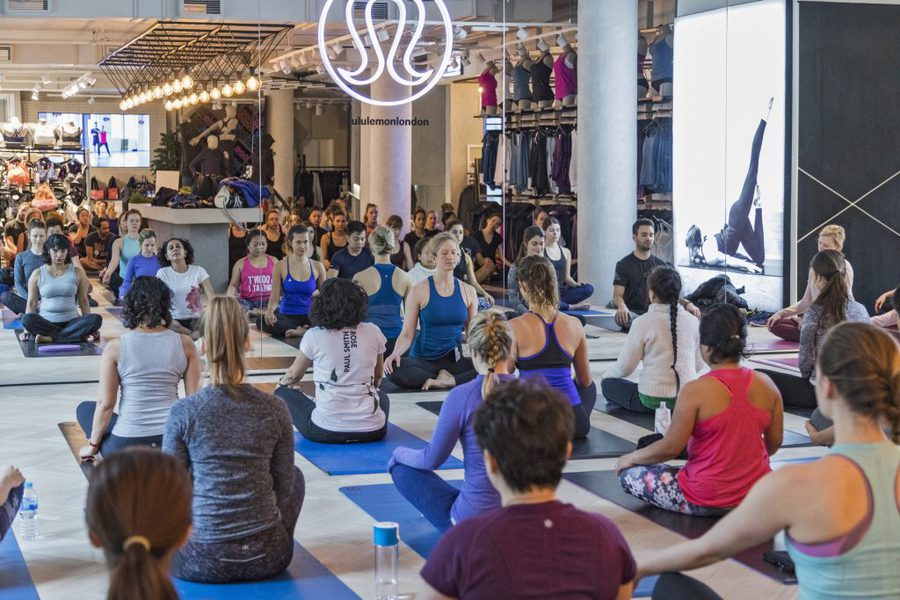These five drivers are fuelling the wellness trend
Senior Creative Strategist, Laura Lutz, discusses the wellness economy boom.


Senior Creative Strategist, Laura Lutz, discusses the wellness economy boom.


Over the last few years, the wellness economy has grown experientially. It now represents a massive $3.7 trillion industry globally and is expected to grow by 17% over the next three years according to the Global Wellness Institute. In the US, 57% of Millennials are more likely to visit a store if it has a gym/athletic facility and 80% spend a quarter of their disposable income on health-related products or services.

In one of our recent thought pieces, we introduced the idea of ‘self-optimisation’, a term deriving from consumers’ attempts to constantly quantify themselves by tracking their health data to turn themselves into healthier and better functioning individuals. Nonetheless, we’re not on a quest for perfection, but for optimisation. We’re on a continuous journey to self-actualisation. The previously status-driven, high-octane attitude to wellbeing is shifting to a more considered and self-aware approach. The consumer perception of wellness is fast evolving to encompass spiritual, emotional and mental health, and is largely in pursuit of dealing with stress, fatigue and sadness. Underlying the many nuances of wellbeing is the fundamental quest for control — the products, services and spaces that can help us to achieve our ‘optimum self’.
Wellness is expanding from a status symbol for affluent elites into a society-wide expectation, accessible and affordable to everyone interested in bettering their health and lifestyle. This is accelerated by the demands of an ageing population and rising chronic illnesses. Numerous bloggers, online communities and social media influences are fuelling and promoting the movement, and smart brands are taking action by offering free health coaching, classes and community gatherings around mindfulness, nutrition and self-care. US fashion brand Urban Outfitters, for instance, has launched an Urban Spaces initiative where local health influencers were invited to collaborate on events.

In reaction to an era of information overload, consumers are stripping away distraction and complexity to uncover more productive, healthy and rewarding lifestyles. With the online landscape littered with information and the addictive nature of social media, people want to break free from the digital frenzy and are trying to regain time for the most important things in life like friends, family and personal hobbies. People are feeling overwhelmed by political uncertainty and an abundance of choice, they’re choosing to opt out of excessive living to regain a sense of control and harmony. Movements like Danish ‘hygge‘ are essentially a form of mindfulness that rejects the recent vogue for self-punishing purges and guilt-ridden clean eating, focusing instead on healthy hedonism.

The pursuit of wellbeing is taking a new turn with a calmer approach being applied. Gone are the days where visible abs were the only measure of a healthy and strong body. New tech (think Beddit or the ever-evolving Fitbit range) that monitors and boosts some of the most important parts of our wellbeing – such as sleep and mood – allows consumers to optimise their downtime as much as their work or play time.
Savvy health enthusiasts are speaking up, promoting a slower, more balanced attitude to fitness. Consumers expect many of the brands and services they use to actively improve their mental as well as their physical health through tweaks to their processes, environments and functions.
Driven by the desire for simplicity, focus and heightened self-awareness, a cross-generation tribe of enlightenment seekers are looking for a more meaningful way of life. On their on-going route to discover themselves, they realise that giving back and doing good is more fulfilling than money, fame or objects ever could be. We’ve reached ‘ peak stuff’, desiring simplicity and clarity instead. The recent movement towards a minimalist lifestyle and the return to the core values in life is a direct response to the over-excessive consumerism of the past few decades. We strive to live with less and choose to buy from brands that have a clear purpose that’s aligned with our own belief systems and have a clear social mission – a reason for being.
It will be interesting to see how established retailers continue to capitalise on the wellness industry in a way that feels authentic and relevant. Those that think strategically about these 5 key drivers will be able to create the type of brands, spaces and experiences that will engage the consumers of today and tomorrow.